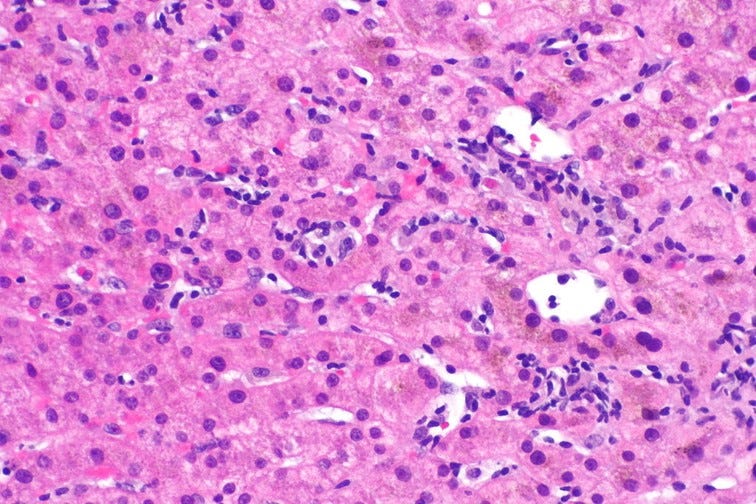Beyond the PB: What Lifelong Training Really Does for Inflammation as You Age
Did you know that as we age we tend to pick up low grade inflammation. This phenomenon is sometimes coined "inflammaging’ and is linked with a number of age related diseases. But what is inflammation? There are 2 types. There is acute inflammation that is usually a short-lived response to injury or infection and this is a normal response that we don’t want to inhibit. The one we all need to be concerned with is low grade inflammation which is less severe and is indicated by sustained increases in circulating levels of inflammatory indicators. In other words it seems our immune mechanisms that are active throughout life become overly persistent with increasing and advanced age.
While the underlying mechanisms are still being researched, potential causes include the inability of autophagy pathways (a cellular process where the body breaks down and recycles old, damaged, or unnecessary components within cells) to clear cellular debris, cell senescence (where cells stop dividing but remain active), and age-related gut dysbiosis. Unhealthy dietary habits and physical inactivity are considered primary modifiable factors that can worsen low-grade inflammation.
The question is can lifelong exercise counteract low-grade inflammation associated with ageing? That’s what a research team from the Abbott and Real Madrid Innovation Lab sought to test at the end of 2024. To test this hypothesis, they aimed to systematically evaluate the baseline inflammatory profiles of master athletes (as a model of lifelong exercise), untrained middle-aged and older adults, and untrained young individuals. They sought to elucidate if lifelong exercise could result in inflammatory profiles similar to untrained young adults or if master athletes would still show characteristics of age-related inflammation compared to younger individuals. They also investigated whether lifelong-trained individuals had a more anti-inflammatory profile than age-matched non-trained individuals.
Findings
C-reactive protein (CRP): master athletes generally had lower levels of CRP than older adults who didn't train regularly. CRP is a common marker used to check for low-grade inflammation. This difference was consistent even when looking at different types or intensity of exercise, or when considering only male athletes.
Interleukin (IL)-10: master athletes had higher levels of IL-10 compared to their untrained age-matched peers. IL-10 is considered an anti-inflammatory substance, helping to reduce inflammation.
Interleukin (IL)-6: There was a tendency for master athletes to have lower levels of IL-6 than untrained older adults. IL-6 is a substance often seen at higher levels with ageing and linked to health problems. This difference was clearly seen when looking specifically at male athletes and those who did endurance training.
Tumor Necrosis Factor-α (TNF-α): Overall, there wasn't a clear difference in TNF-α levels between master athletes and untrained older adults. However, when looking only at male athletes, master athletes actually had higher levels. TNF-α is another substance linked to inflammation and aging.
IL-8 and IL-17: There was no significant difference in the levels of these substances between master athletes and untrained older adults.
Comparing Master Athletes to Untrained Young Adults:
Despite their lifelong training, Master athletes still seemed to have higher levels of TNF-α and higher levels of IL-6 compared to young untrained adults. Master athletes also showed lower levels of the anti-inflammatory IL-10 compared to young untrained adults. For CRP, the analysis involving young adults was based on limited data, and while it suggested lower CRP in Master athletes than young adults, this wasn't consistently found in all smaller analyses.
So what does all this mean?
Lifelong exercise (like being a master athlete) is good for reducing some signs of age-related inflammation compared to not exercising regularly as you get older. This is supported by lower CRP and higher IL-10 levels, and potentially lower IL-6 in certain groups. However, lifelong exercise doesn't seem to make the body's inflammatory profile exactly like that of a young adult. Master athletes may still have higher levels of certain pro-inflammatory substances (like IL-6 and TNF-α) and lower levels of anti-inflammatory substances (like IL-10) than young people.
The research suggests that exercise helps manage, but doesn't completely eliminate, the inflammation associated with ageing. So…don’t worry so much about PB’s but think of every workout as a strategic move in the long game of graceful, powerful ageing.



